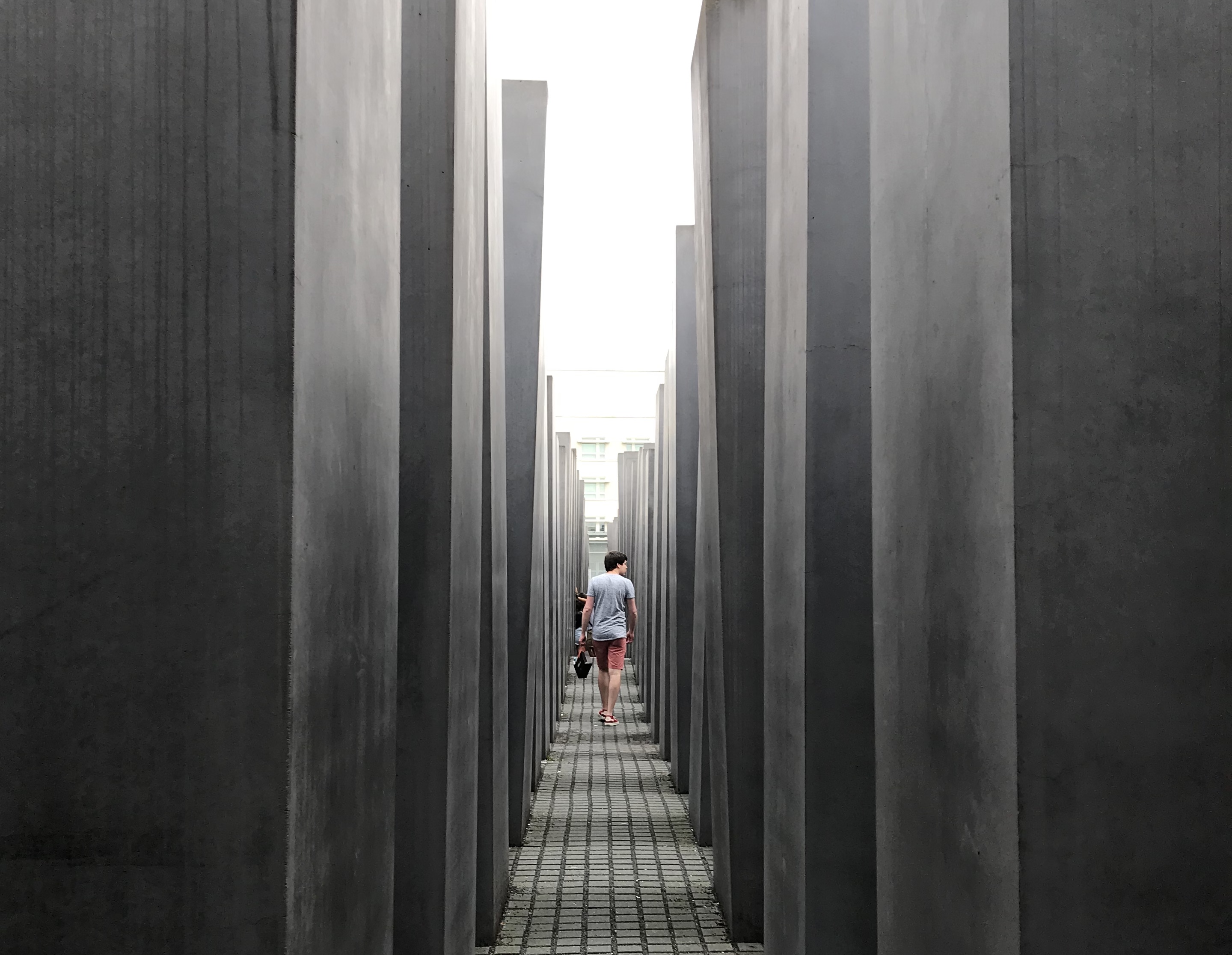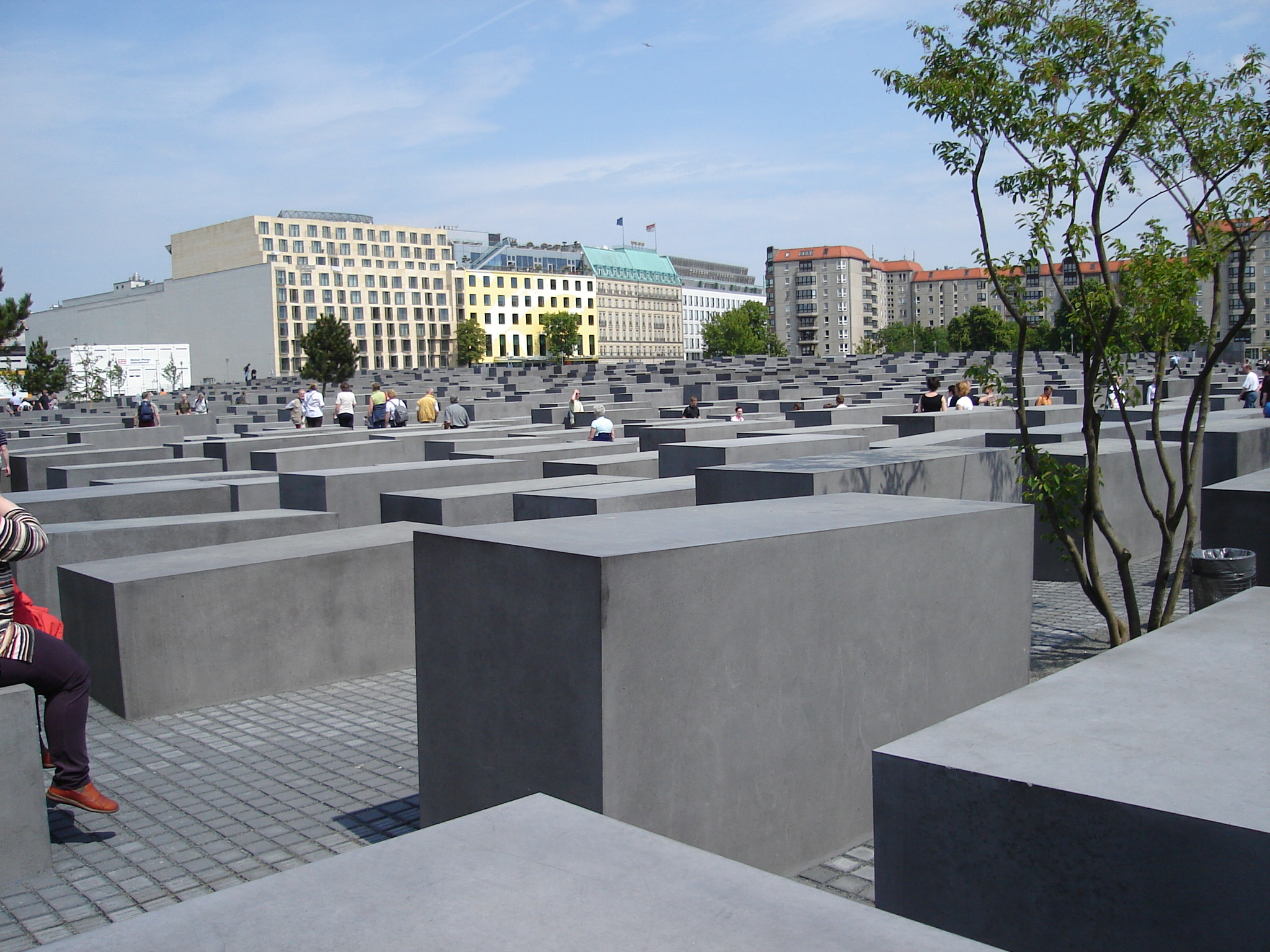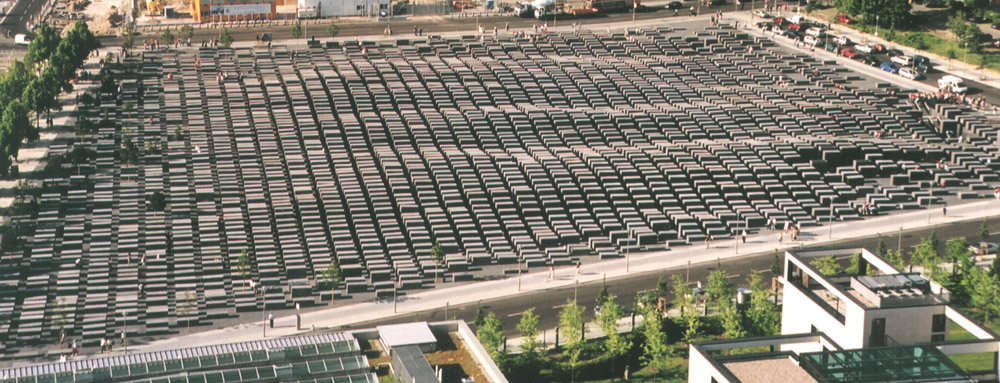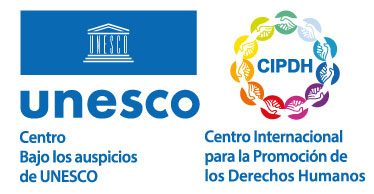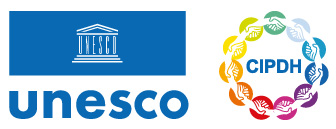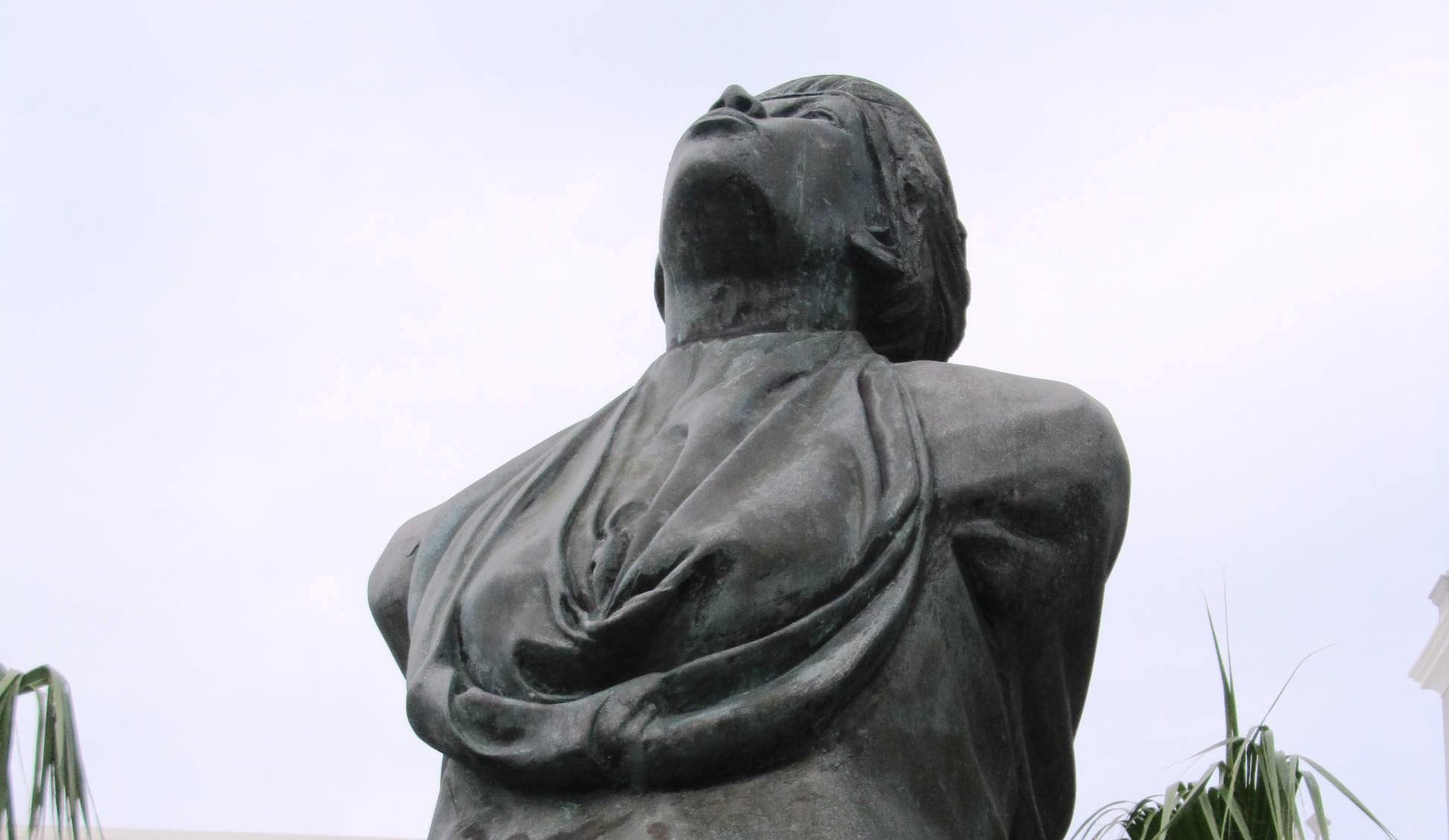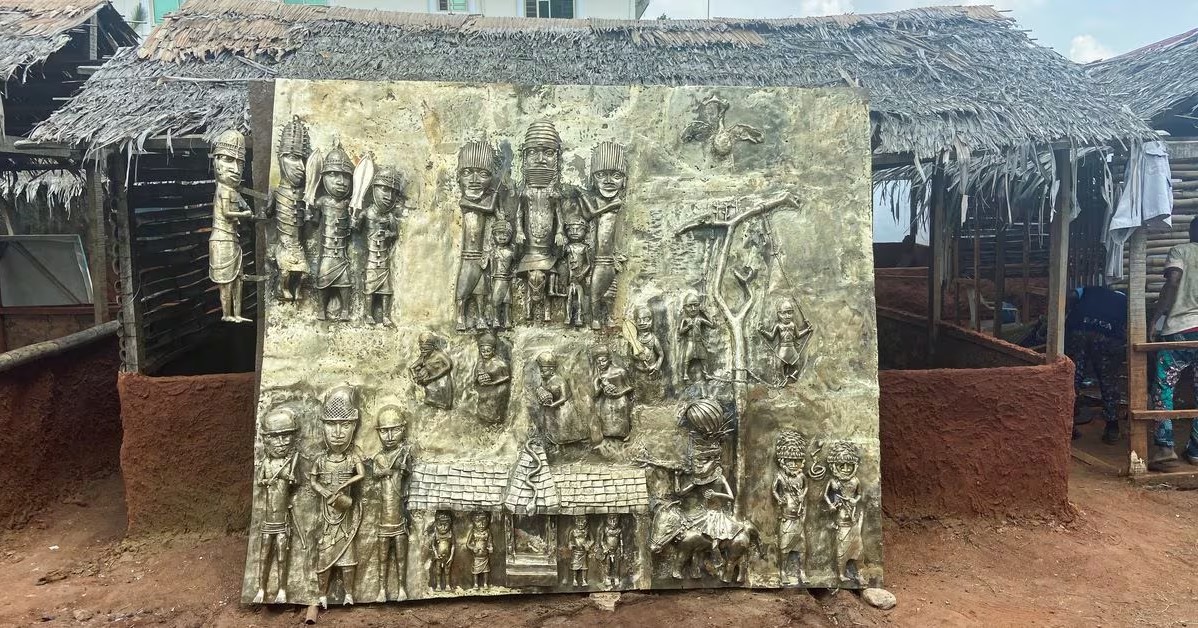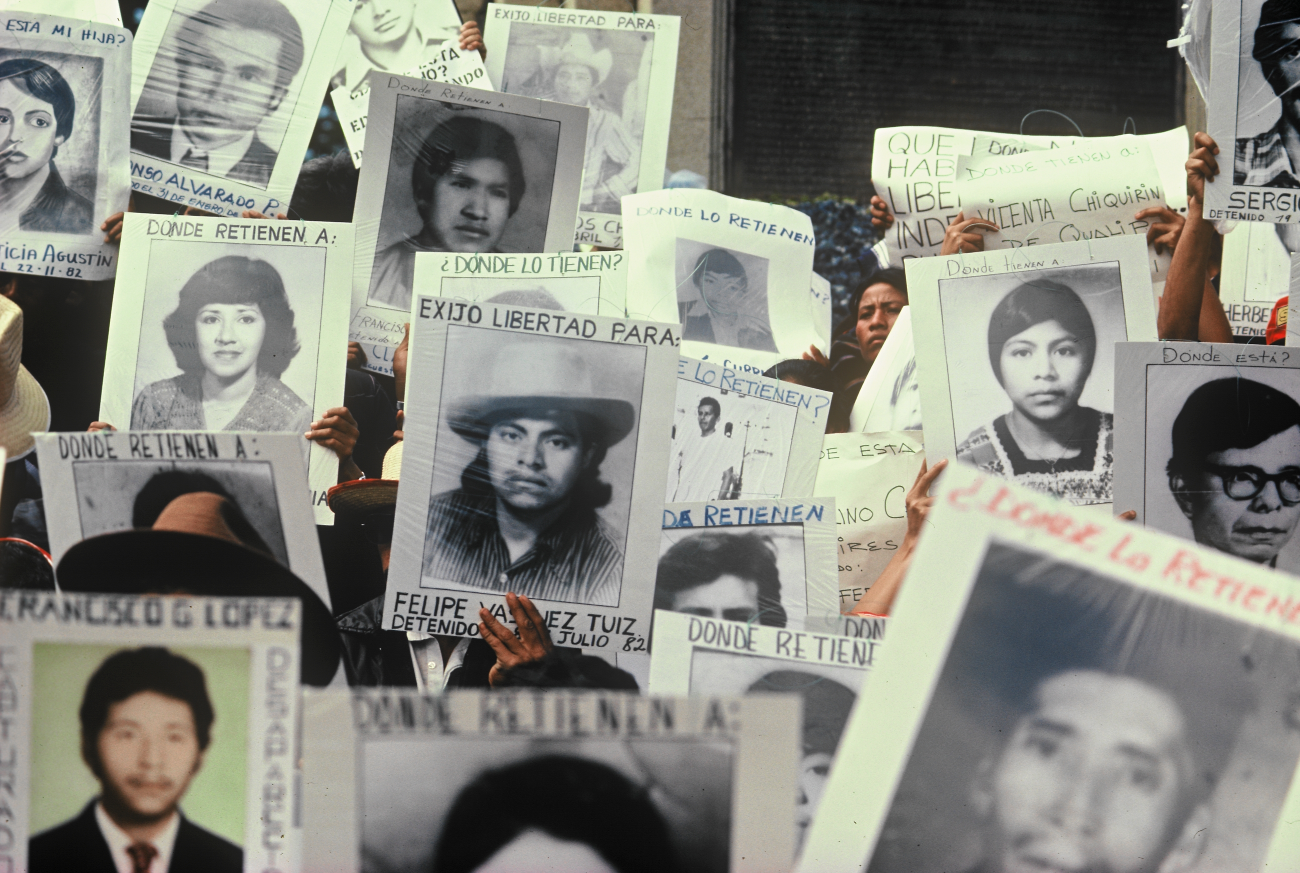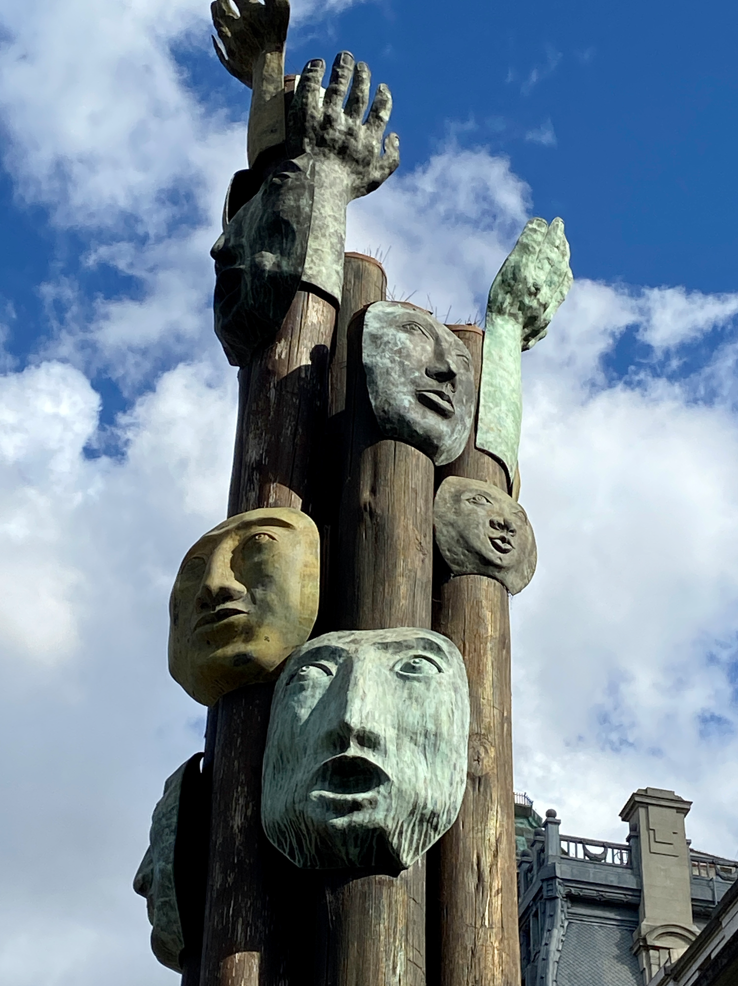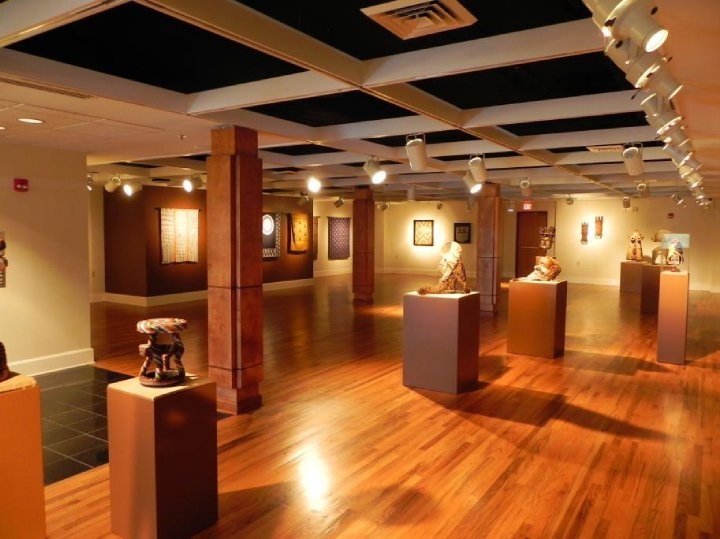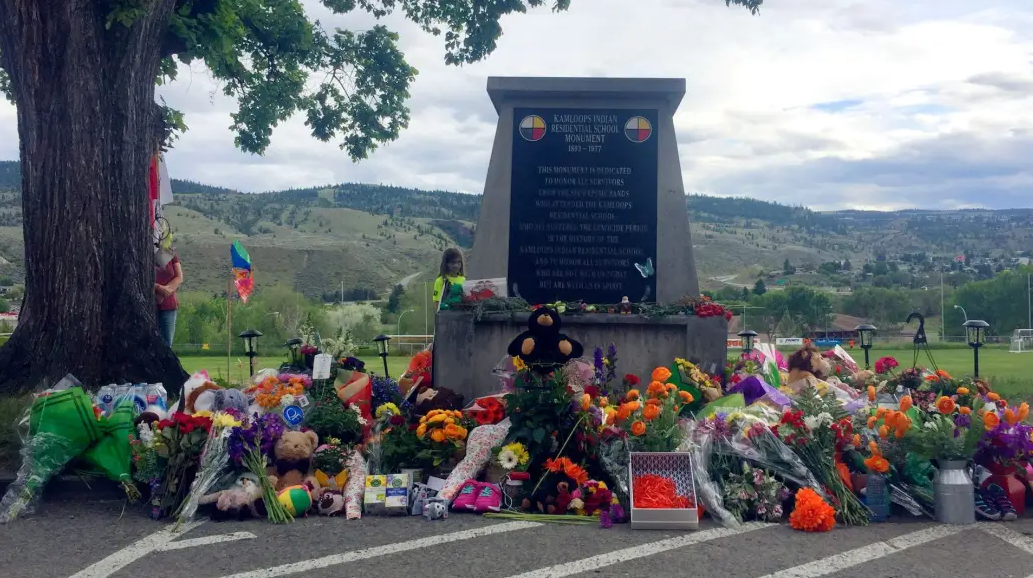Memorial to the Murdered Jews of Europe
Monument
Museum
Theme: Genocide and/or Mass Crimes

Address
Cora-Berliner-Str. 1
Country
Germany
City
Berlin
Continent
Europe
Theme: Genocide and/or Mass Crimes
Purpose of Memory
Remembrance of the approximately 6,000,000 Jewish victims of the Shoah.
Known Designation
Memorial to the Murdered Jews of Europe
Date of creation / identification / declaration
2005
Public Access
Free
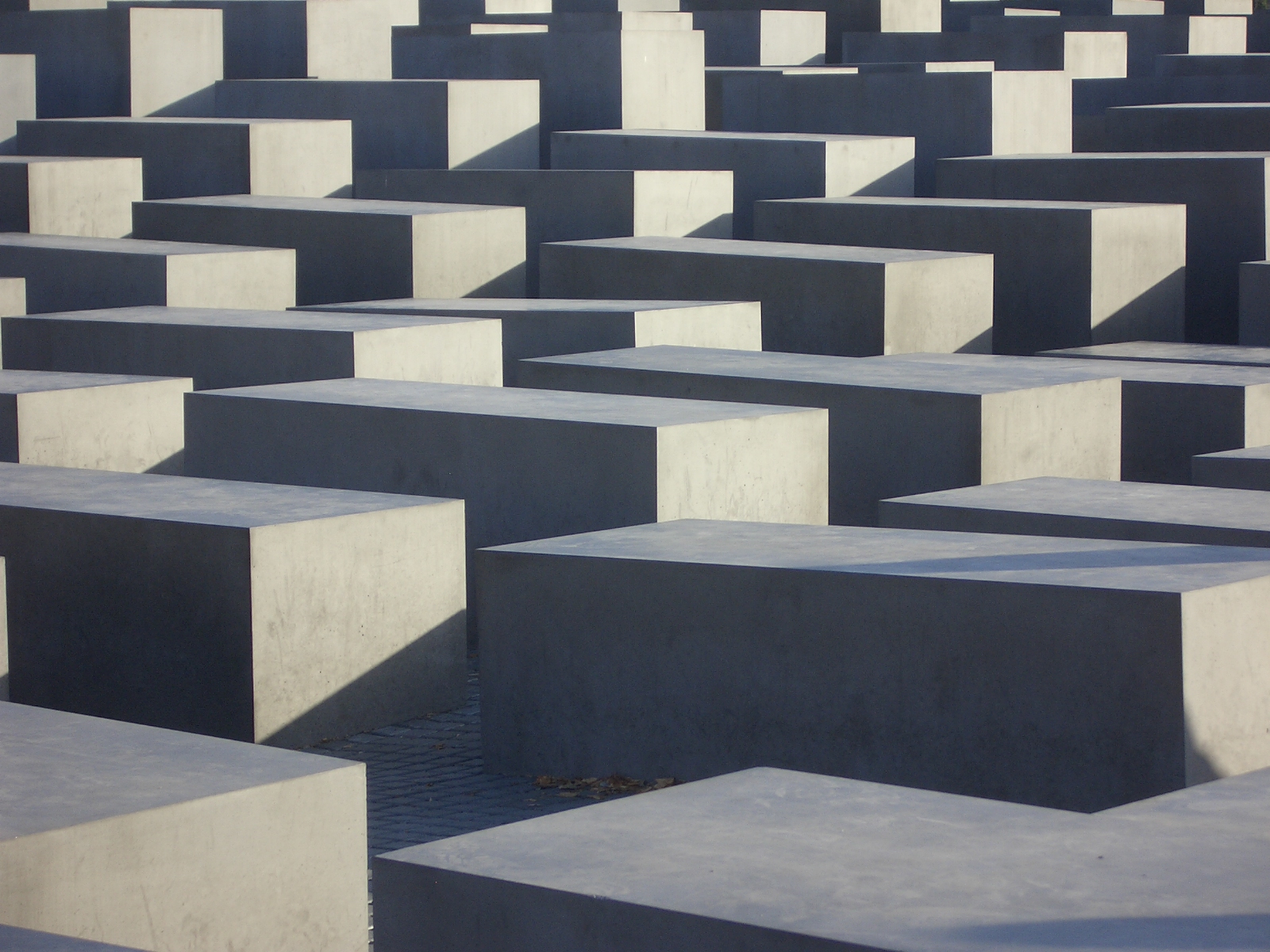
Location description
The Memorial to the Murdered Jews of Europe (in German, Denkmal für die ermordeten Juden Europas) also known as Holocaust-Mahnmal or Holocaust Monument, located in Berlin, is an abstract work that shows an urban landscape made up of 2,711 gray, slightly sloping concrete stelae, whose heights range from 0.5 m to 4.5 m. Its layout on a 19,073 m2 undulating terrain opens up multiple parallel paths. Forty-one trees surround the stelae’s field.
Under the field there is a 930 m2 underground commemorative exhibition aimed at contextualizing the visual representation called the Information Point (Ort der Information, in German) that documents the persecution and extermination of the European Jews and the historical sites where the crimes took place. It consists of four exhibition halls, two conference rooms and a library, all equipped with elements that allow accessibility for people with motor, visual, hearing and / or cognitive disabilities. There, activities, conferences and workshops are organized for students of different ages and for the general public.
Between 1933 and 1945, the National Socialist German Workers Party (NSDAP) and its leader Adolf Hitler were in power in Germany and established a totalitarian system. During the first months of his government, hundreds of laws against German Jews were passed, since the NSDAP understood that the Jewish population “soiled” the Aryan race and could even destroy their culture. Consequently, thousands of people began to emigrate. In 1935, the Nuremberg Laws determined that, despite being born in Germany, people of Jewish origin lose full citizenship.
Between 1935 and 1938 the situation of the Jewish community worsened, as did international tension between the Nazi government and other European powers. Through propaganda the contemptuous image of the Jewish people was intensified. During the “Night of Broken Glass”, from November 9 to 10, 1938, there were thousands of attacks on Jewish shops, houses, cemeteries, synagogues and people.
On September 1, 1939, the Nazi army invaded Poland and World War II began. In the following months Germany conquered much of continental Europe, where the presence of the Jewish population was very numerous. The Nazi administration decided to confine them to ghettos, districts enclosed by walls and barbed wire within cities where many people perished due to isolation, hunger and the spread of endemic diseases.
The “final solution”, a euphemism used to name the indiscriminate and systematic killing of millions of Jews, was approved in January 1942. From that year on, eight death camps designed to kill people quickly and effectively were established, taking advantage of advanced technological means to accelerate the slaughter. Thus, millions of Jewish people from Germany, Poland and other countries occupied by the Nazi army were sent to concentration and extermination camps, used as slave labor force, and taken to gas chambers where they were murdered and burned in crematoriums.
The word “holocaust” comes from the Greek language and means “totally burned”, and is related to sacrifices that were performed in ancient times in temples; while “Shoah” comes from the Hebrew and means “catastrophe”. Both terms are used to refer to these facts whose uniqueness requires the use of specific concepts.
The persecution and murder of more than 6,000,000 Jews by the German National Socialist Government of Adolf Hitler was part of an even broader extermination that also affected ethnic Roma and Slavs, political dissidents, Soviet prisoners, homosexuals and people with both physical and mental disabilities.
After World War II, Germany was divided between the German Democratic Republic (GDR) and the German Federal Republic (FRG), and separated by the Berlin wall built for that purpose. Consequently, the commemoration of the Holocaust was also fragmented.
The GDR focused, for much of the Soviet era, on commemorating “German victimhood” and “fascist persecution” of the Communists, framing its historical narrative as an ideological and class conflict between National Socialists and opponents of the regime.
Until the late 1970s, and after more than three decades of silence, the FRG publicly exposed Nazi crimes without compromising the responsibility of German society. The 1980s inaugurated a period of collective assumption of responsability for the crimes committed against the Jewish population in which the contribution of literature, theater, cinema, the gestures of Foreign Ministers Willy Brandt and Helmut Schmidt, and the success of the American miniseries Holocaust (that collects dozens of testimonies from victims and perpetrators) was fundamental.
In 1988, the Perspektive Berlin group began a campaign for the construction of a monument to honor the 6,000,000 Jewish origin’ victims of the crimes of Nazism, an initiative that was welcomed by the German Parliament, which approved both its construction and financing. To this end, two contests were held to choose the design, which should complement the existing monuments in historical places of Nazi crimes and focus on the contemplative and emotional receptivity of its visitors.
During the reunification process, the discussion about the Holocaust and German responsability became a predominant theme in national politics and cultural consumption.
On June 25, 1999, the German Federal Parliament decided to build the monument designed by Peter Eisenman. According to the project text, the stelae are designed to produce an uncomfortable and confusing atmosphere, and the entire sculpture is intended to represent a supposedly ordered system that has lost contact with human reason.
The construction was directed by the Foundation in Memory of the Murdered Jews of Europe, began in April 2003 and was completed in December 2004. It was inaugurated on May 10, 2005 and opened to the public two days later. The Foundation also oversees the Monument to Homosexuals Persecuted in National Socialism, the Monument to Sinti and Roma of Europe Murdered during National Socialism, and the Place of Remembrance and Information for the Victims of the Nazi “Euthanasia” Murders, all of them located in Berlin.
Since its proposal until today, the monument has been the subject of numerous debates that address its relevance, location, dedication, name, interpretation and use that society confers to it. Those discussions contribute to the moral mandate to remember the Jewish Holocaust.

